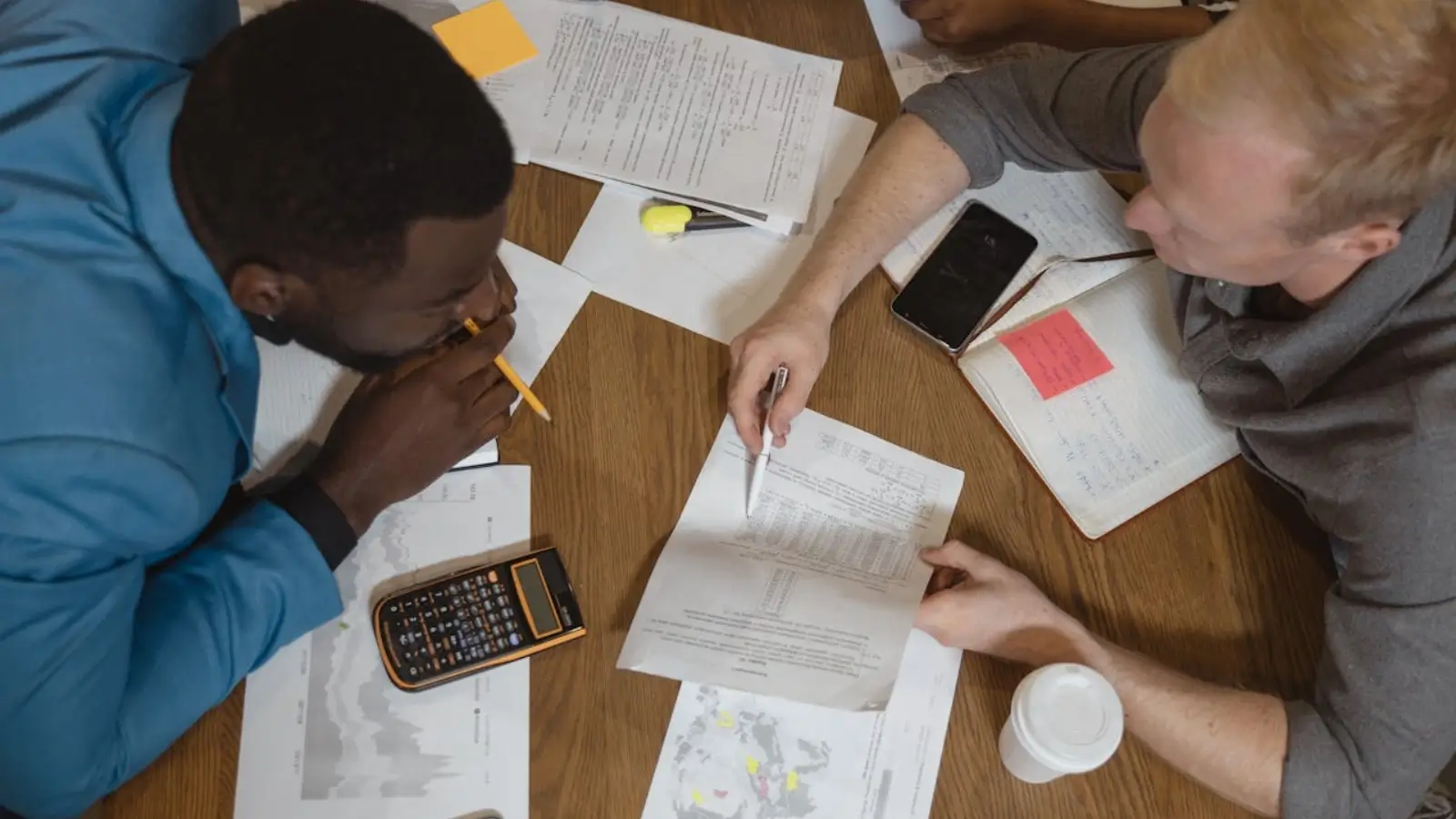


What’s the last thing your small business planned for that didn’t happen the way you expected? A product launch? A quiet quarter? A marketing campaign that landed sideways? It happens. In fact, it happens more than most people want to admit. Running a small business today is like trying to steer a kayak in open water. You can plan your direction, but you can’t always control the waves.
Lately, the waves have been getting stronger. From global supply chain delays to unexpected social media trends, businesses are learning to adapt fast. The pandemic made one thing very clear: slow response time can cost you. But the challenges didn’t end there. Inflation pressures, rapid tech shifts, and constant news cycles now require businesses to respond in real time—not just with operations, but with messaging.
That’s where strategy comes in. Not the long, bulky kind that sits in a drawer. We’re talking about practical planning for what could go wrong, what already has, and what still might. Without that plan, a small stumble can become a full stop.
In this blog, we will share why having a plan for the unexpected is essential for every small business, how the best companies prepare, and what tools help you respond before things spiral.
Small businesses juggle a lot, often reacting on the fly. But staying in constant response mode leaves no space for growth—just a cycle of catching up.
That’s especially risky when your reputation is on the line. Let’s say a customer shares a bad experience online. If you don’t have a response plan, your reply might feel rushed or defensive. But if you’ve prepared for situations like this, your message can be fast, clear, and confident.
That’s where B2B PR becomes a smart investment. It’s not just about getting press. It’s about building communication habits that support your goals. When you work with professionals who understand how to position your business in front of the right audience, you also learn how to stay ready. You learn how to shape the story, not just react to it.
A small business with a clear voice is more likely to recover from surprises. That’s not luck. That’s planning.
There’s a myth that preparation means predicting the future. It doesn’t. It means knowing your business well enough to imagine what could happen—and deciding how you’d respond.
A good plan doesn’t cover everything. It covers the things that would slow you down if you weren’t ready. That includes how you’d communicate during a service outage, what you’d say if a shipment is delayed, or how you’d keep customers informed during a crisis.
But it’s not just about crisis control. It’s also about opportunity. What happens when your brand suddenly gets attention? Maybe a viral post, a local news mention, or a key partnership. If you’re not prepared, those moments pass without momentum. But if you have messaging ready to go, you can build trust while people are watching.
Let’s look at an example. During the early weeks of the pandemic, some local bakeries shifted from storefront sales to offering bread delivery subscriptions. They didn’t wait to be told what to do. They saw the change coming and adjusted quickly.
What stood out wasn’t just the pivot. It was how clearly they communicated it. They used email, social posts, and signage to explain the shift. They didn’t hide the struggle. They told the story. That honesty built customer loyalty—and kept them afloat.
That’s the power of storytelling in unpredictable times. When you own your message, you give customers something solid to hold onto. It’s not about spin. It’s about showing that you’re responsive, honest, and grounded.
You might not have a full-time comms director or an in-house strategist. But you do have time to prepare. Start with questions.
If something unexpected happened tomorrow, who would handle it? What would you say? What would your customers see first? Would your message be clear or confusing?
Write down those answers. Keep them simple. Then, turn them into a basic playbook. Not a novel—just a page or two that outlines how your business responds to change.
You can also practice with your team. Run through a scenario. Talk it out. Even a 15-minute discussion can reveal gaps in your process. It’s not about rehearsing fear. It’s about building comfort with the unknown.
When your business knows what to do during the unexpected, you don’t freeze. You move. And in a competitive space, speed and clarity make the difference.
The bottom line? Change moves fast, and small businesses live in the middle of it. Unlike big companies, you can adjust quickly—if you’re prepared. A solid strategy isn’t a backup plan; it’s how you stay steady, build trust, and keep moving when everything else shifts.